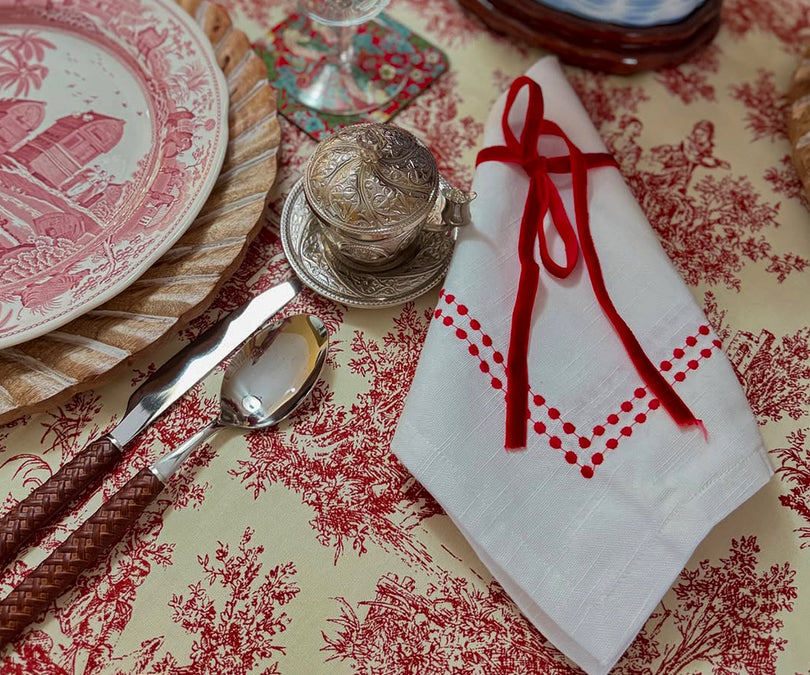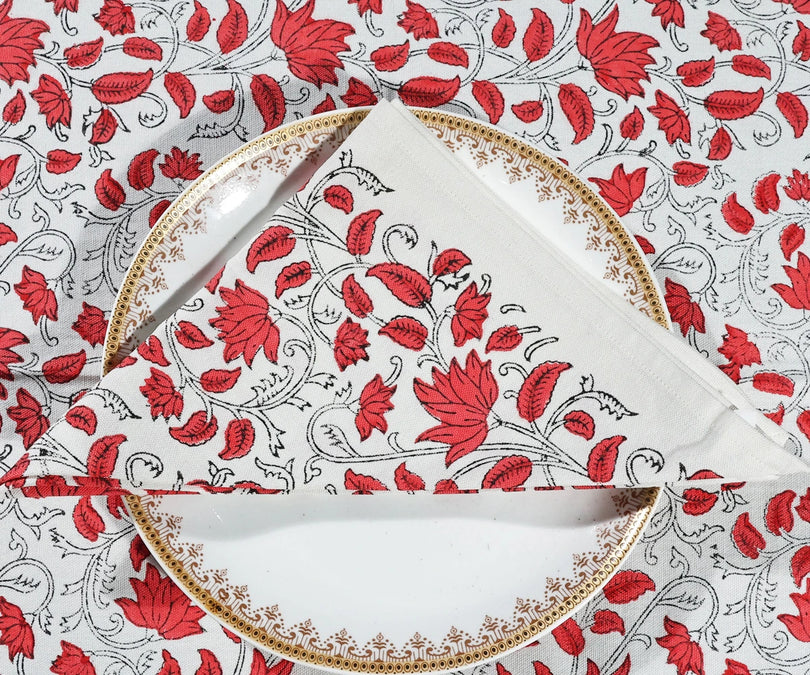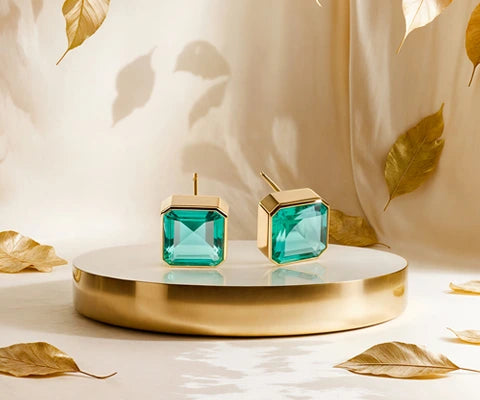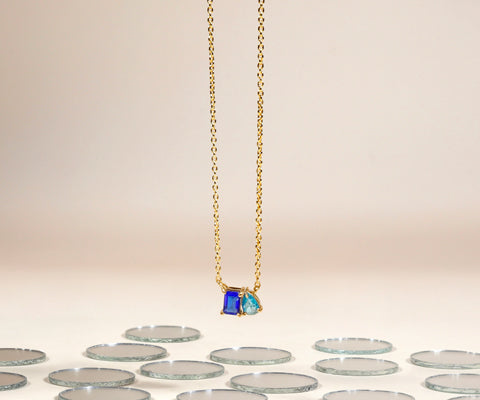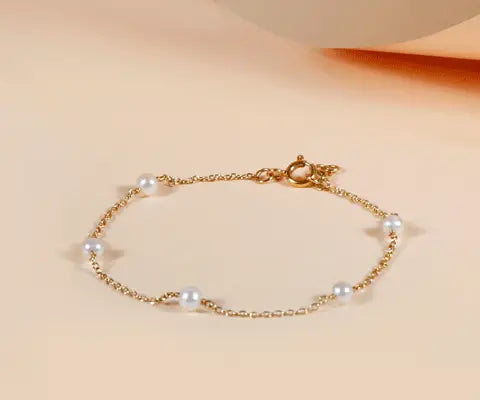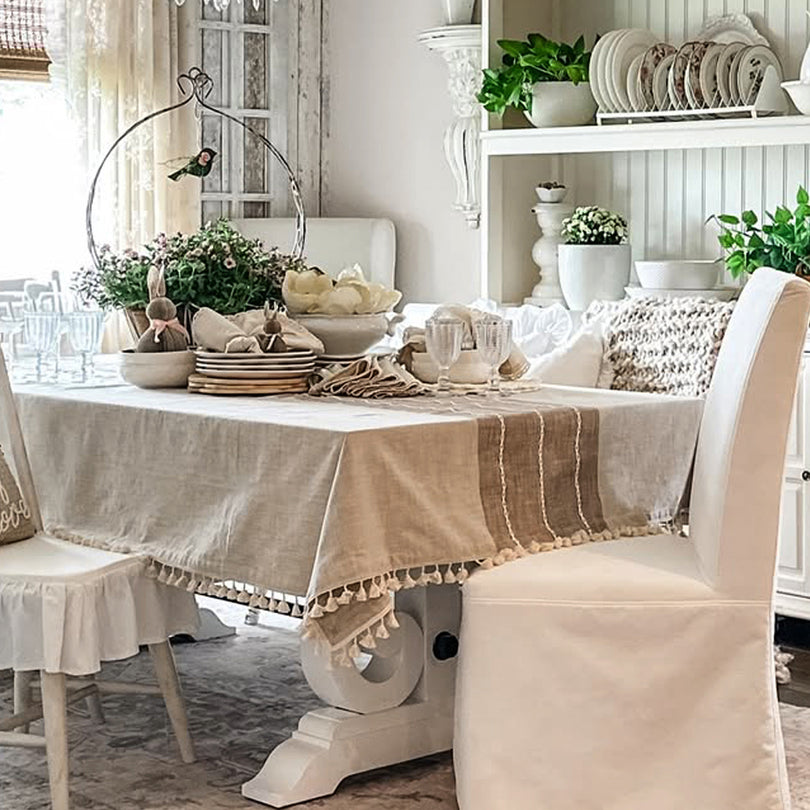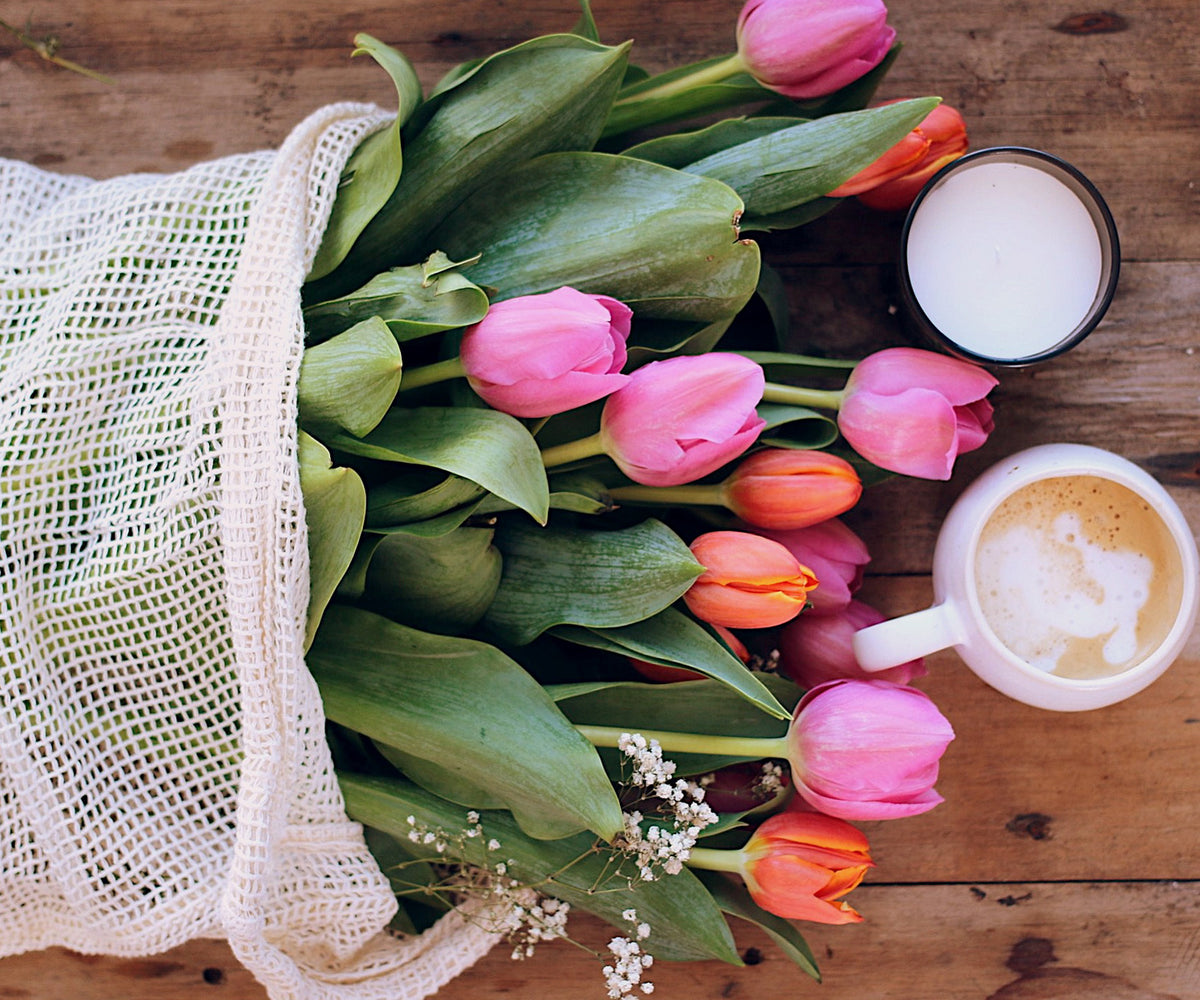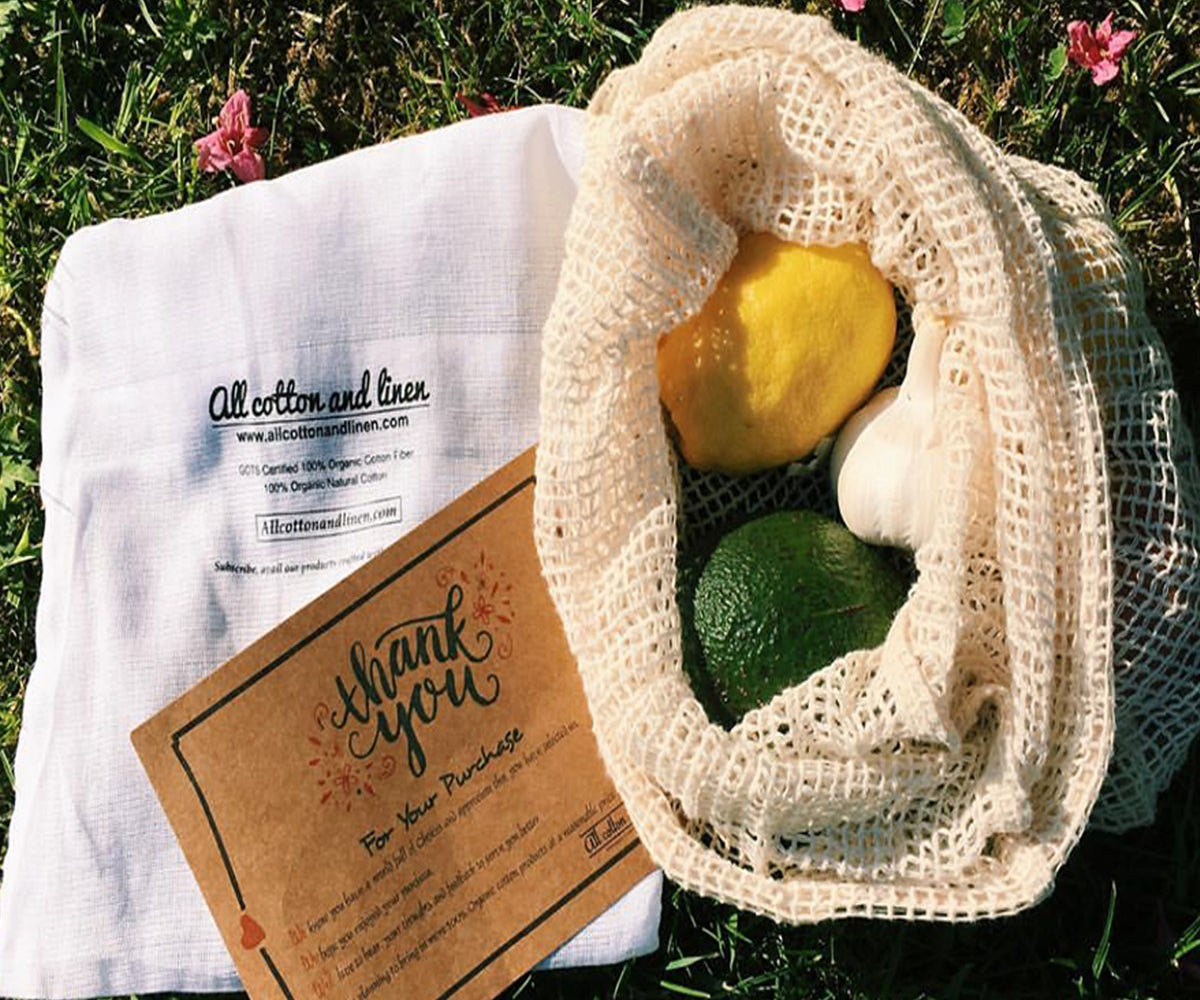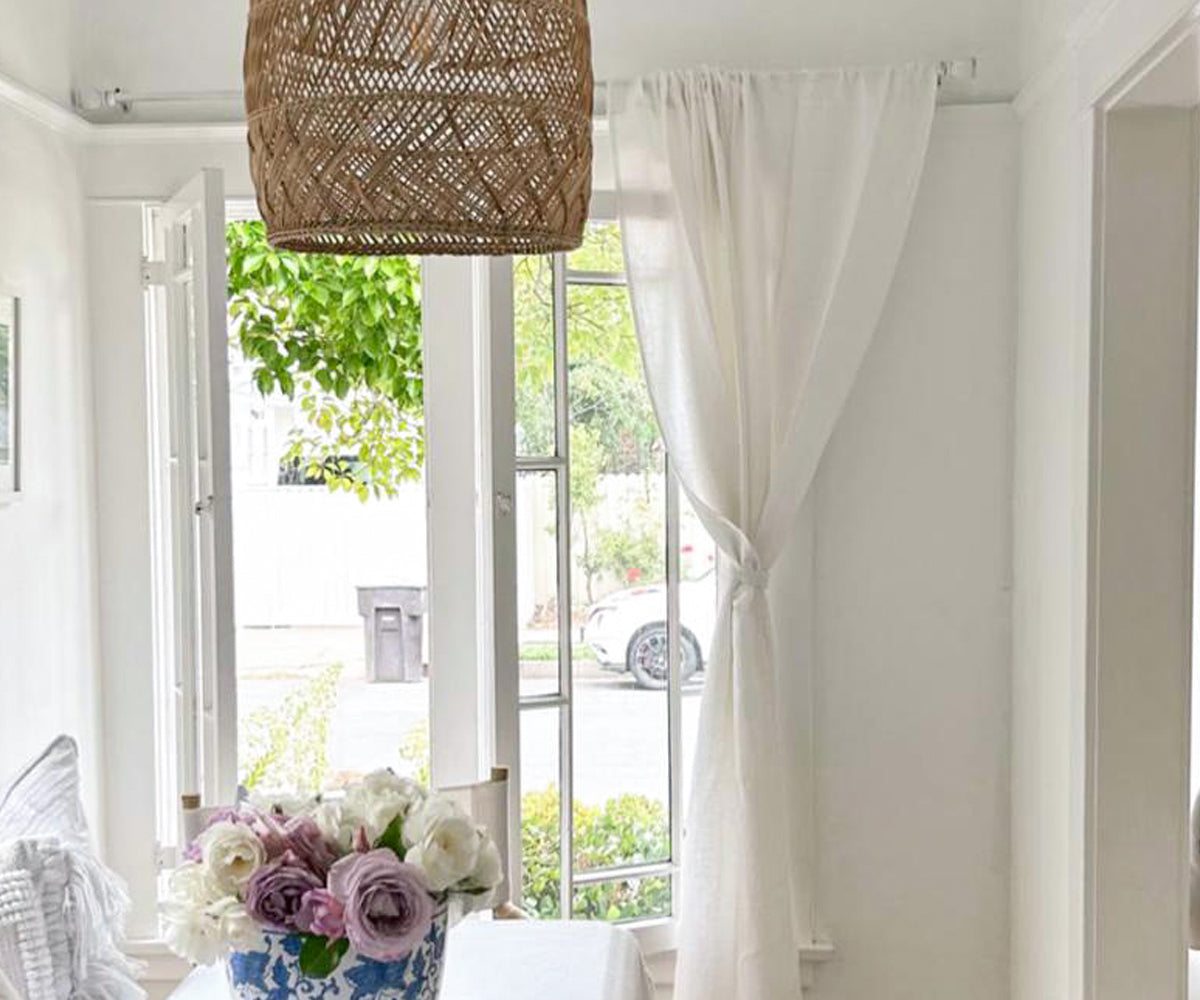Keep Shopping Bags Handy at Home
Having your grocery bags in the right spot at home makes them much easier to use. If they’re hidden away, you might forget them when you go shopping. A simple, visible storage system helps you grab a bag quickly and makes using them a habit.
-
Use a small basket, drawer, or bin near your front door.
-
Fold tote bags neatly and stack them for quick access.
-
Hang bags on hooks in the entryway. Tote bags and string bags with handles hang easily.
-
Tuck mesh bags and produce bags inside one larger bag to keep them together.
-
Make sure your setup is easy to reach and hard to ignore.

Read On: Beach Table Decor Ideas: Simple Ways to Style
How to Store Large Reusable Shopping Bags
Large shopping bags are useful but tricky to store. They take up more space and don’t always fold easily. Finding a smart storage solution keeps your home organized and prevents clutter from piling up.
-
Flatten large bags and slide them behind doors, under beds, or in a slim pantry container.
-
Use a tall laundry basket for oversized shopping bags.
-
Hang large bags in the garage on wall hooks or place them on a shelf.
-
Stack smaller produce bags and mesh bags inside one large tote bag.
-
Treat them like storage bins—organized and easy to pull from.

Find Out: Organic cotton and Linen : What's the difference?
How to Store Reusable Shopping Bags in Car
Keeping a set of bags in your car ensures you never forget them. Car storage helps during last-minute grocery trips or unexpected shopping runs. A few small tricks make sure the bags are neat, accessible, and ready to use.
-
Use a small storage box or fabric bin in the trunk.
-
Fold tote bags and store them neatly inside the box.
-
Put string bags or muslin bags in a pouch or zip bag to prevent tangling.
-
Keep two or three folded tote bags in the glove box or door pocket for quick grab-and-go.
-
Mesh bags fold small and can fit almost anywhere, so you’ll always have backup bags ready.
Use Folding Tricks for Small Spaces
Folding your bags efficiently saves space and keeps them tidy. Simple rolling and bundling tricks make even large bags easier to manage. With these techniques, your reusable bags stay organized without taking over your home.
-
Roll tote bags like T-shirts and stack them in a basket or bin.
-
Tie mesh bags and produce bags into small bundles and store them inside a larger bag.
-
Dedicate one sturdy tote as your “bag of bags” and store all smaller bags inside it.
-
For large reusable shopping bags, fold in half and roll up. Secure with a rubber band or hair tie.
-
This keeps everything slim, neat, and easy to pull out when needed.
Know About: How to Make a Backdrop with Tablecloths: A Simple DIY Guide
Quick Tips for Everyday Organization
Maintaining organization is easier when you follow a few simple rules. Separating bags by type and keeping them visible makes them convenient to grab. Regularly checking your bags ensures they stay in good condition and ready for use.
-
Separate bags by type: tote bags, string bags, mesh bags, produce bags.
-
Keep frequently used bags near the door or in the car.
-
Store large bags together, smaller ones inside larger totes.
-
Regularly check bags for wear and replace if needed.
-
Keep everything visible—out of sight usually means out of mind.
Organize by Type
It’s easier if you separate bags based on use. For example:
-
Tote bags → keep near the door or in the car.
-
String bags → store with fruits and veggies in the kitchen.
-
Produce bags → keep in your grocery tote or pantry.
-
Mesh bags → fold and place inside larger bags.
This way, you don’t mix up your shopping bags with your daily tote. It also saves time when you’re in a rush.

Knowing how to store reusable shopping bags is all about making them easy to grab. Keep a few at home near the door. Leave a set in your car. Flatten or roll large reusable shopping bags to save space. Store mesh bags and produce bags inside tote bags for quick access.
With these simple steps, you’ll always have the right bag ready—whether it’s for groceries, a quick market run, or carrying lunch to work. Staying organized means you’ll use your bags more often, save money, and cut down on clutter.

